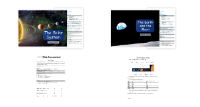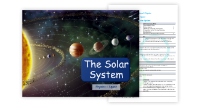The Earth and the Moon
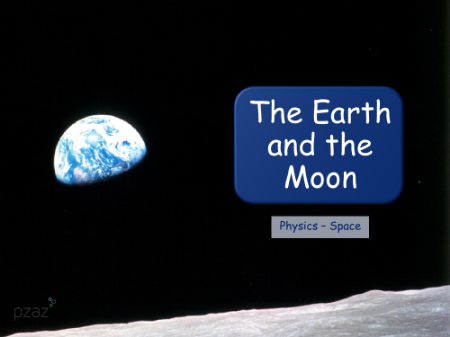
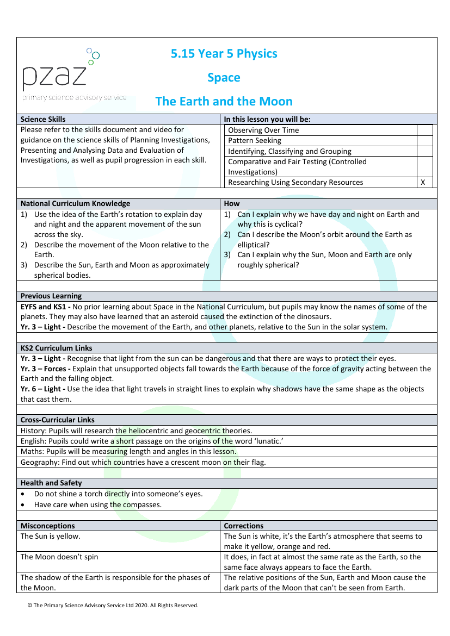

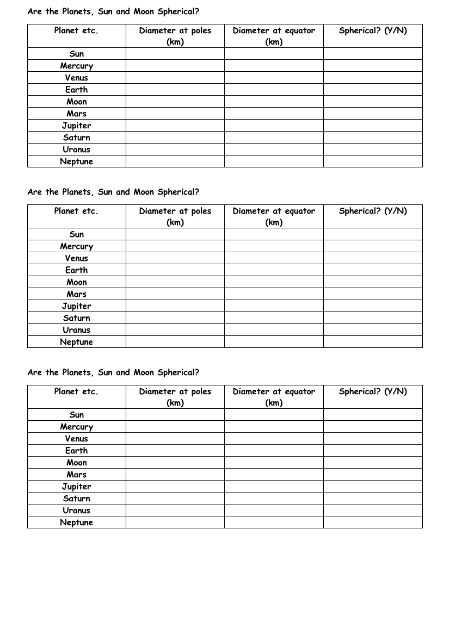
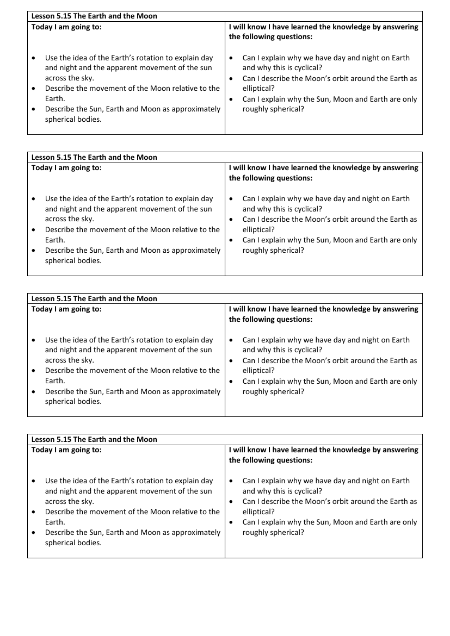
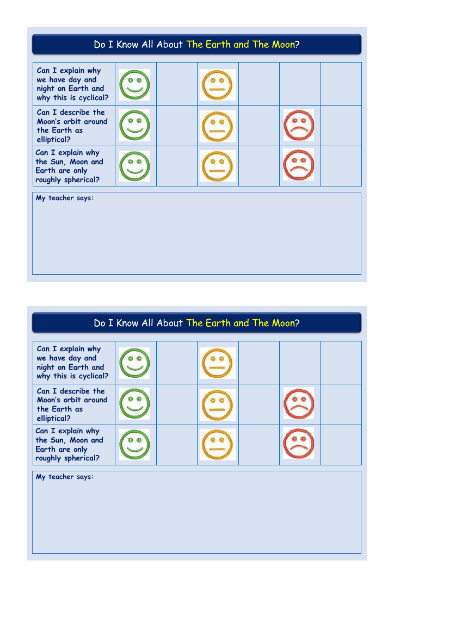

Science Lesson Description
This lesson focuses on understanding the relationship between the Earth, Sun, and Moon, as well as the apparent movement of the Sun across the sky and the movement of the Moon relative to the Earth. The lesson begins with a review of the previous learning in early years foundation stage and Key Stage 1, as well as Key Stage 2 (Elementary School) curriculum links in year 3 light and year 3 forces, year 6 light. The lesson also has cross-curricular links to History, English, math, and Geography.
The misconceptions associated with the topic are also highlighted, such as the idea that the Sun is yellow, the Moon doesn’t spin, the shadow of the Earth causes phases of the Moon, and the Moon shines. Some influential scientists in this field are also mentioned, such as Aristarchos of Samos, Eratosthenes, Ptolemy, Carolyn Porco, Tycho Brahe, and Nancy Grace Norman.
Activities
Day and Night
In this activity, students use a torch and a globe to observe the change in light and shadow as the globe rotates. The objective is to understand why we have day and night on Earth and why this is cyclical.
The Sun’s Movement Across the Sky
In this activity, students use learning pads to compare the geocentric and heliocentric theories and explain the apparent movement of the Sun across the sky.
The Orbiting Moon Model
In this activity, students use the orbits card from a previous lesson, a large marble, a small marble, and a ruler to make a model of the Earth and Moon’s orbit.
Possible questions that students may encounter include: why is the Earth slightly on its side, what direction does the Earth spin, and why is sunrise at different times in different locations.













